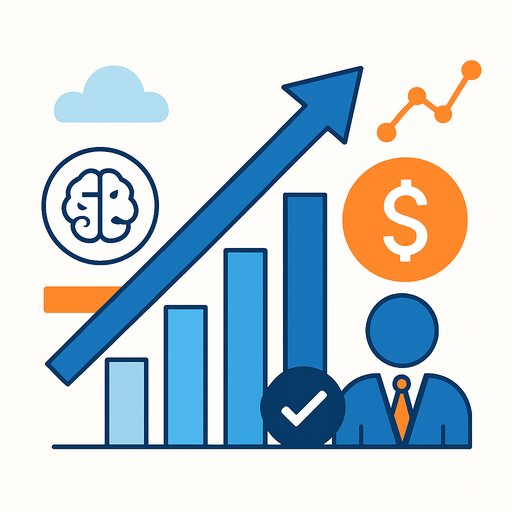How Investors Are Reacting To Tempus AI (TEM) Raising Guidance on Strong Sales and Margin Momentum
Tempus AI lifted full-year guidance after a strong quarter, pointing to faster sales growth and improving margins across its AI-enabled precision medicine platform. Adoption is picking up, recent acquisitions are landing, and analysts are leaning more bullish on expansion. For sales professionals, that's a signal: buyers are moving budget into AI diagnostics and data partnerships, and they're doing it now-not next year.
Why This Matters If You're in Sales
- Budgets are loosening in oncology, diagnostics, and data licensing. Expect larger pilots, multi-site rollouts, and procurement that crosses clinical and IT.
- Margin momentum hints at pricing discipline and higher-value product mix-use that in value-based conversations, not feature lists.
- Acquisition execution means more cross-sell paths. Map the full portfolio early to uncover multi-threaded deals.
The Investment Narrative, Simplified
To hold TEM, you're betting the company can keep compounding growth from its precision medicine platform while staying ahead of a fast-moving biotech market. The path is clear, but near-term upside still relies on reimbursement and adoption of new assays. The risks: tougher regulatory scrutiny on AI-driven diagnostics and pressure on pricing in a more crowded field.
Spotlight: Personalis Collaboration and the NeXT Personal Test
Tempus AI expanded its work with Personalis to co-market the NeXT Personal test for residual disease. That's a timely move as minimal residual disease (MRD) testing gains attention in oncology workflows and payer discussions. If reimbursement keeps pace with adoption, volumes can build and pull through more data services.
Learn more about NeXT Personal
What the Market Is Pricing In
The current narrative projects $2.1 billion in revenue and $295.0 million in earnings by 2028. Hitting that target implies about 29.7% yearly revenue growth and a $494.7 million earnings swing from roughly -$199.7 million today. One valuation view pegs fair value at $82.50-an 8% downside to the prevailing price when that estimate was made.
Community estimates vary widely, from about $24.88 to $284.81. Translation: sentiment is split, but most agree there's sizable growth potential if adoption and reimbursement align.
Signals Behind the Guidance Raise
- Demand quality: Larger orders and stickier use cases are likely driving the uplift.
- Product mix: Higher-margin services and data deals help the bottom line.
- Go-to-market: Partnerships and acquisitions appear to be expanding reach and deal size.
Sales Playbook: Questions to Move Deals Forward
- Coverage: Which payers are already reimbursing MRD and related assays in your network? What evidence is still missing?
- Workflow: Where will MRD results change clinical decisions today? Who signs off-oncology leadership, lab directors, or value analysis?
- Data: Do you need de-identified data feeds for research, registries, or real-world evidence programs? What format and cadence?
- Procurement: What security, compliance, and integration checks slow you down? Can we run them in parallel with the pilot?
- Commercial model: Is outcomes-based pricing or tiered volume a fit? What milestones would unlock expansion?
Metrics Worth Tracking Next Quarter
- Reimbursement wins and payer mix by geography
- Test volumes and average revenue per test
- Gross margin (and any commentary excluding acquisition noise)
- Data/licensing ARR and renewal rates
- Sales cycle length and days sales outstanding
- Regulatory updates tied to AI-driven diagnostics
Risks to Respect
- Regulatory scrutiny on AI diagnostics could slow monetization or add cost.
- Payer pushback may pressure pricing or require more evidence before broad coverage.
- Competition is intense; differentiation must be clear at the clinical and economic level.
- Acquisition integration risk: delays can stall cross-sell and erode margins.
If You're Building Your Own Thesis
Start with the simple equation: adoption plus reimbursement equals volume, and volume plus data services expands deal size. From there, pressure-test assumptions on payer timelines, clinical utility, and procurement friction inside hospital systems and oncology networks.
If you're sharpening your AI pitch for healthcare buyers-or upskilling your team to sell higher-ticket solutions-these resources can help:
One more angle to watch: how regulators define and guide software as a medical device. Those decisions shape timelines, evidence requirements, and sales cycles.
FDA overview of Software as a Medical Device
Your membership also unlocks:




